Flat Inflation and Decentralizing Ethereum's Layer 2: What Happened in Crypto This Week?
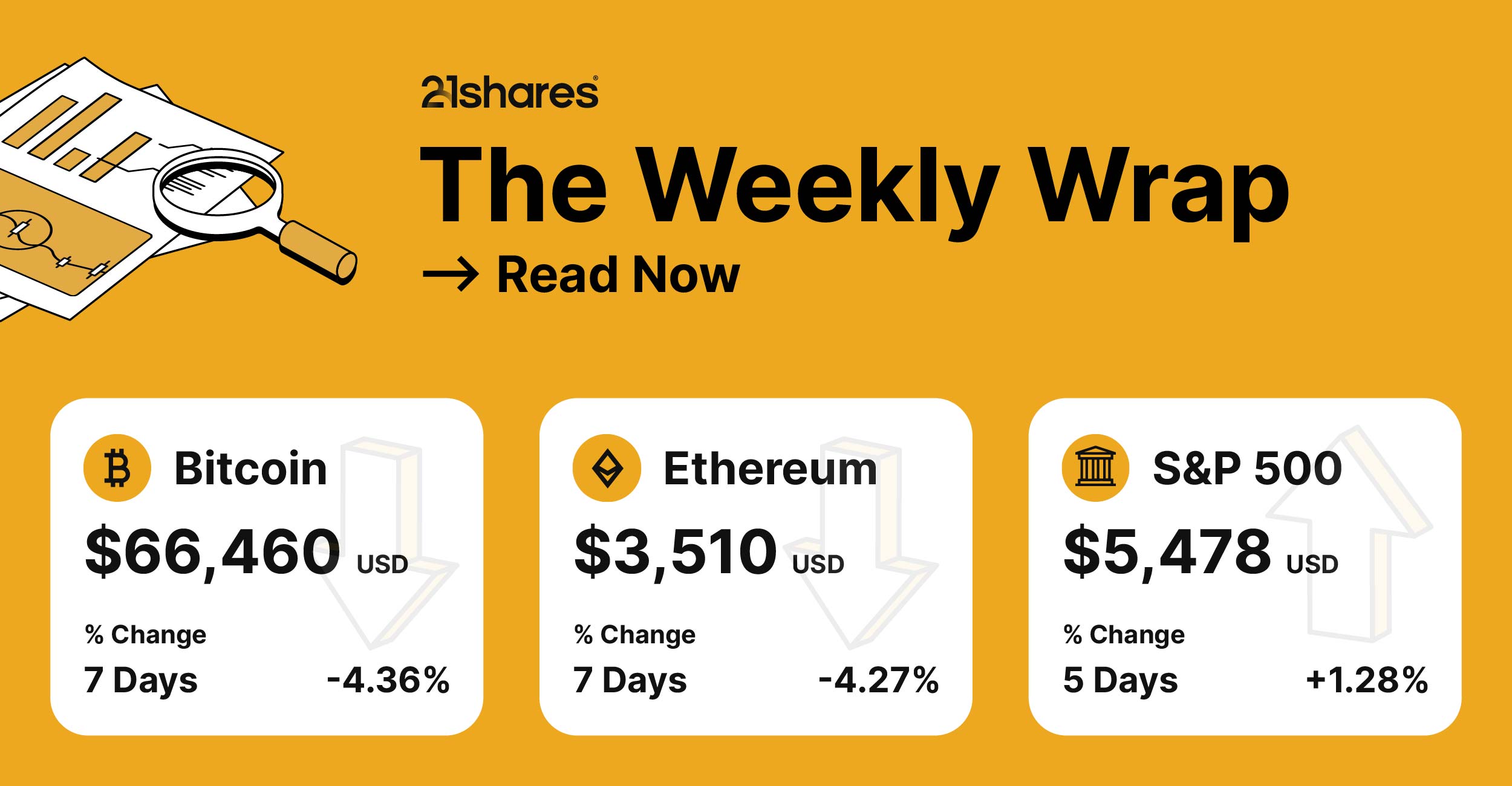


This Week in Crypto
- Flat Inflation, Flat Bitcoin
- TON’s Meteoric Rise Powered by Telegram
- The Road Towards Decentralizing Ethereum’s Scaling Solutions
Flat Inflation, Flat Bitcoin
Inflation in the U.S. slowed in May but not enough to prompt the Fed to cut rates. The Consumer Price Index (CPI) was unchanged month-over-month, rising 3.3% over the year, slightly below expectations of 3.4%. Following the CPI release, Bitcoin briefly surged 5% to near $70K before erasing gains after a hawkish Federal Open Market Committee (FOMC) statement.
The Producer Price Index (PPI) dropped by 0.2% in May, the largest decline since October 2023. Unemployment claims rose to a 10-month high, increasing from 229K to 242K, against an expected decline. These indicators suggest cooling inflation, even though there is more work to be done to reach the Fed’s 2% target. Bitcoin has mostly traded sideways over the past three months. Despite recent news and its rejection from the $70K level, investors should remember that its fundamentals remain strong. Institutional adoption, regulatory shifts, and its emerging role as a store of value, particularly in struggling economies, underscore its potential long-term trajectory.
Figure 1 – How Bitcoin Reacted to Last Week’s U.S. Macroeconomic Indicators

Source: TradingView, 21Shares
TON’s Meteoric Rise Powered by Telegram
The Open Network (TON) blockchain was initially developed by the Durov brothers of Telegram. Despite the regulatory hurdles leading Telegram to step back, the TON Foundation continues to innovate, making TON one of the most user-friendly decentralized platforms. TON’s close relationship with Telegram has been pivotal and a testament to the power of integrating social media with blockchain technology.
2024 has been a landmark year for TON, witnessing unprecedented growth and achieving multiple all-time highs, reaching just above $8 on June 14 and currently up 238% year-to-date. On top of that, TON has grown by over 4000% in total value locked this year to over $550M. TON’s growing dominance is further highlighted by TON surpassing Ethereum mainnet in daily active users, currently housing over 440K, almost 50K more than the smart contract platform giant. Even more impressively, TON currently processes almost 5M daily transactions, more than Ethereum and any of its scaling solutions!
Figure 2: The Growth of TON’s Daily Number of Transactions

Source: Artemis
The integration with Telegram, which boasts almost a billion users, has been a key driver of this success, offering its existing network a user-friendly interface to interact with the Web3 ecosystem, with several key features fueling TON’s meteoric rise. For example, Telegram Stars has played a crucial role in TON's expansion. This initiative promotes TON-based applications directly within Telegram, allowing users to pay for digital services via in-app purchases. Furthermore, the initiative allows app developers to swap their stars for TON and subsidize their advertisements on the platform, making application development on Telegram more economically viable. Another important feature was the unveiling of a revenue-sharing system in Telegram, allowing channel owners to get 50% of revenue from ads displayed on their channel, paid out in TON, thereby bolstering user engagement and adoption.
A major driver of TON's growth is its mini-app ecosystem within Telegram. This ecosystem includes a variety of applications designed to enhance user engagement and streamline blockchain interactions. For instance, Notcoin, a click-to-mine Web3 game, has garnered over 35 million sign-ups, demonstrating the platform's ability to attract and retain a large user base. Additionally, the integration of Wallet, a TON-based platform with over 2.5 million users, has made managing digital assets as simple as using social media. Wallet's seamless onboarding allows users to handle their assets directly within Telegram Messenger, and with TON Connect, it enables smooth communication between Wallet and other apps in the TON ecosystem, significantly lowering the barriers to entry.
TON's serves as a gateway to onboard new user cohorts into the blockchain world, allowing direct interaction with Web3 systems while eliminating the need for users to navigate complex crypto infrastructures. This model echoes the success of WeChat, China's leading super-app with over a billion active users, which integrates messaging, social media, and financial services seamlessly. Similarly, if TON onboards just half the user base of Telegram over the next few years, then it could contribute to doubling almost all crypto users, standing around 550M. Finally, the growth of TON highlights the significant impact of their approach, evidenced by TON eclipsing Ethereum in daily activity. However, it's important to note that over 80% of Ethereum's transactions now occur on its Layer 2 solutions, highlighting the evolving nature of its infrastructure towards a more modular framework. This dual-layer approach underscores the continuing innovation and adaptability within the blockchain space, with TON setting a new standard for accessibility and engagement.
The Road Towards Decentralizing Ethereum’s Scaling Solutions
Arbitrum and Optimism, the two leading Ethereum scaling solutions, released key technical upgrades to address the lack of decentralization on the Layer 2 level. To grasp the significance of these upgrades, it is essential first to examine the fundamental differences in transaction processing between Ethereum and its scaling solutions.
Ethereum has over a million validators, which ensure that if a suspicious transaction is submitted by a dishonest operator, other validators can check for fraudulent activity by cross-checking it against their own ledger copies. If the transaction doesn't conform to the network's state, it's rejected and doesn’t get included in the blockchain. This decentralized architecture makes it less likely for a single entity to control the network, increasing its resilience to attacks and censorship attempts.
In contrast, Ethereum's scaling solutions typically rely on a single validator (sequencer) to aggregate transactions on the L2 and post them on Ethereum for settlement, thereby boosting efficiency by allowing for faster and cheaper processing. Despite their largely centralized approach, users can still dispute transactions through fraud proofs, a feature that some networks have only now started to adopt. We'll delve deeper into this aspect next.
Figure 3: The Flow of Transaction Between L2s and Ethereum
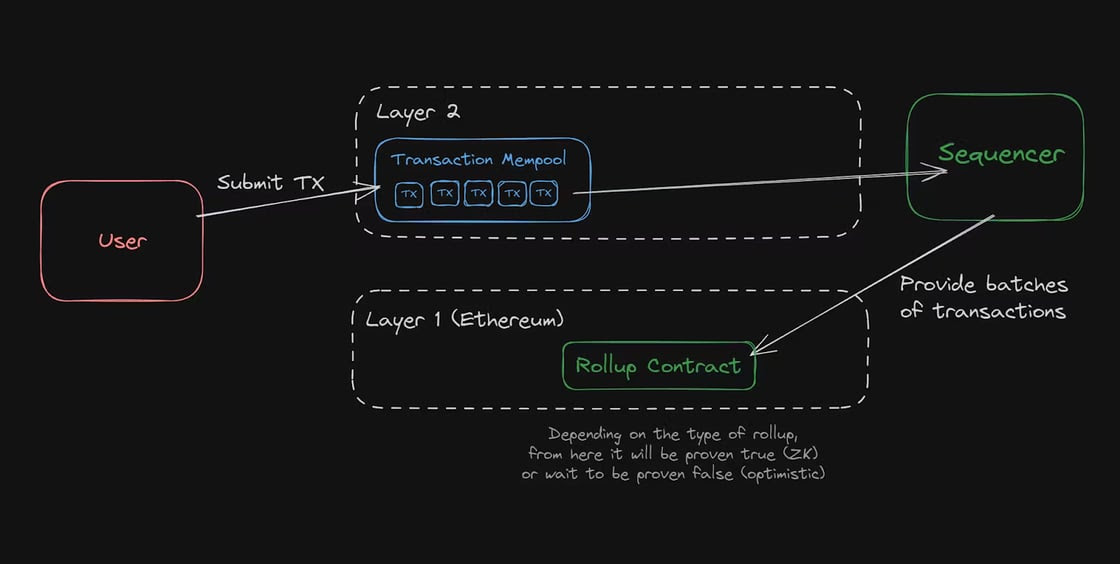
Source: Jarrodd Watts
While this setup increases Ethereum's throughput, it reintroduces a significant issue the industry sought to overcome: a single point of failure. This problem was starkly illustrated by the recent exploit on Linea, a prominent L2 network. The hack targeted Velocore, a leading decentralized exchange (DEX) on the network, leading the attacker to withdraw approximately $2.6M before the network's foundation halted block production. By shutting down the sole sequencer, the network effectively censored transactions. Although the action was taken to minimize damage to Velocore's users, the event highlighted the poor decentralization of Ethereum's scaling solutions, which can be easily shut down by a single entity. Thus, the recent technical upgrade released by the Optimism and Arbitrum teams came at a critical time.
Namely, Optimism released the long-anticipated fraud-proof system. A dispute-resolution mechanism allowing any user to contest the validity of transactions submitted by Optimism’s foundation sole sequencer. Before this upgrade, a security council made up only of chosen respected members of the broader Ethereum ecosystem operated on a multi-signature system that had the power to approve upgrades and contest transaction validity if they thought it was fraudulent. However, anyone can now participate in contesting transactions, while the security council will remain intact and intervene in emergencies if needed for the foreseeable future. Similarly, Arbitrum proposed to launch its Bounded Liquidity Delay (BOLD) solution. This permissionless dispute resolution mechanism enables anyone to contest the validity of transactions submitted by the sequencer, similar in principle to Optimism's fraud-proof system. The main difference for Arbitrum is that the network will no longer rely on a security council, thus effectively becoming the most decentralized L2 across the entire Ethereum scaling ecosystem.
All in all, despite Linea’s hack that exposed the Achilles heel of the scaling solutions security, Layer 2 networks now account for nearly 80% of Ethereum's transactional activity. Moreover, they have just collectively achieved a milestone of 256 TPS, underscoring the urgent need to bolster the resilience and robustness of Ethereum's infrastructure as scaling solutions become increasingly vital to the network.
Figure 4: The Growth of Ethereum’s Ecosystem Users
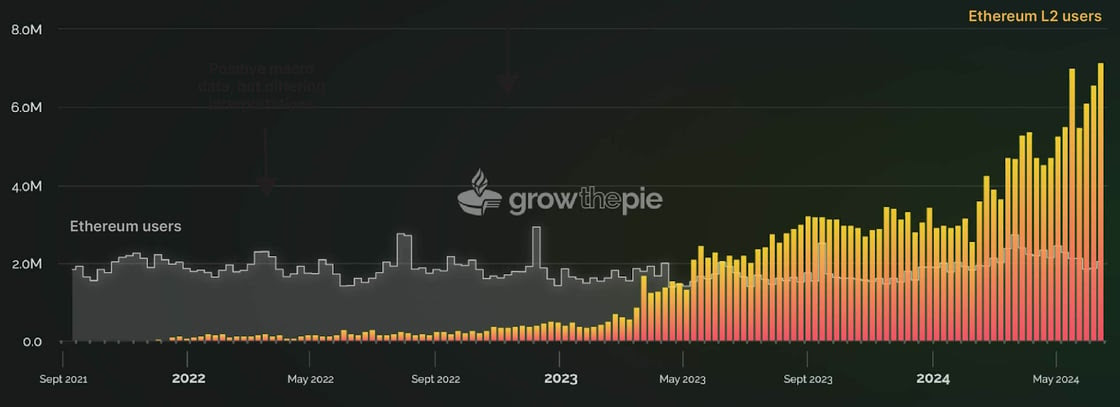
Source: GrowThePie
This Week’s Calendar
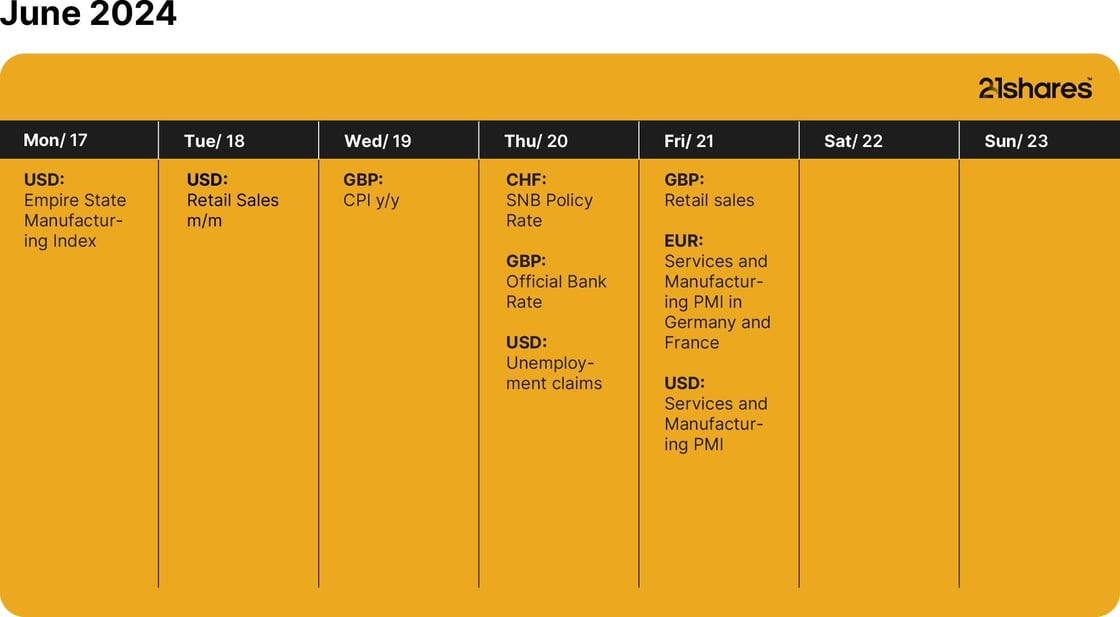
Source: Forex Factory, 21Shares

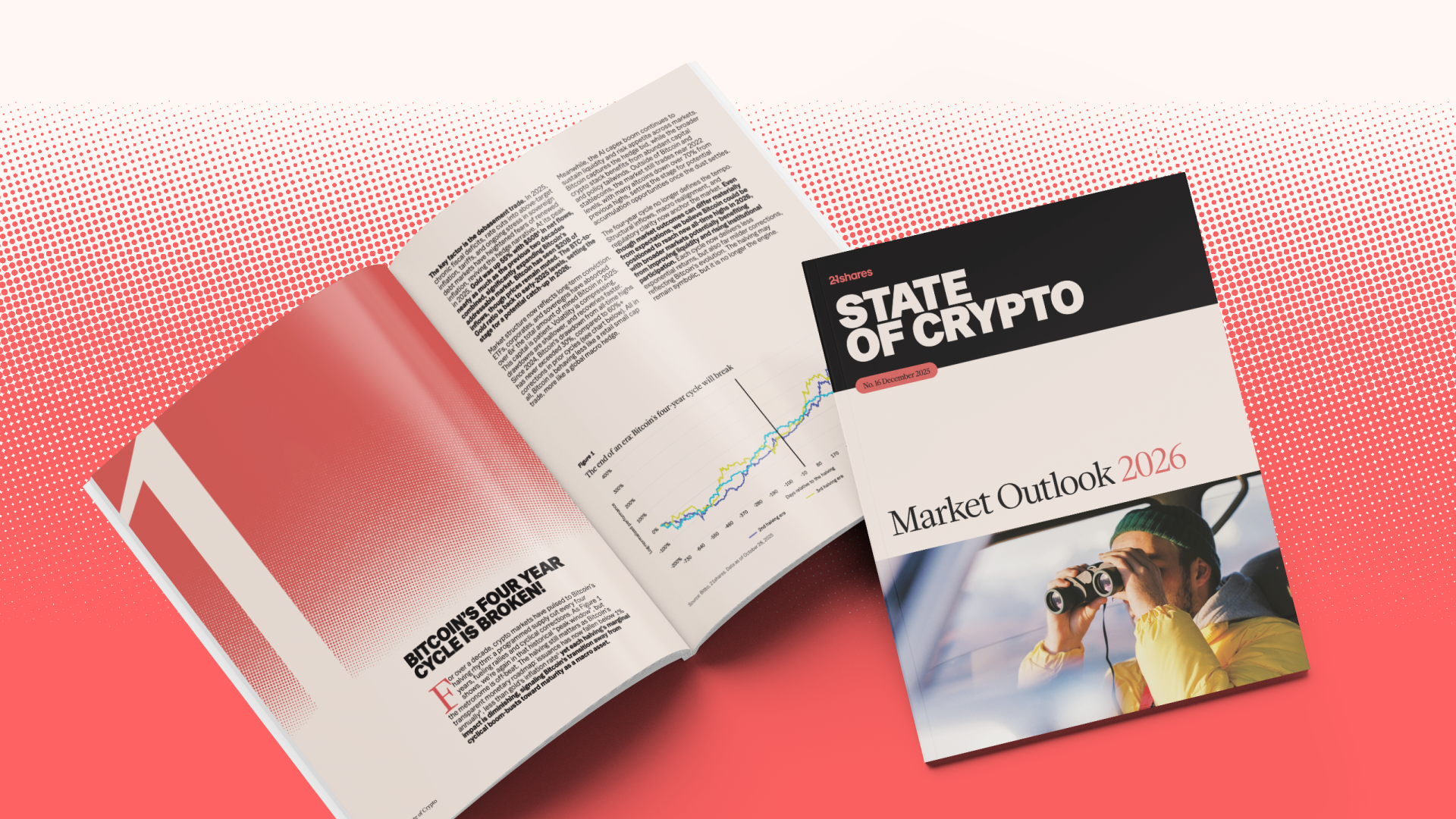

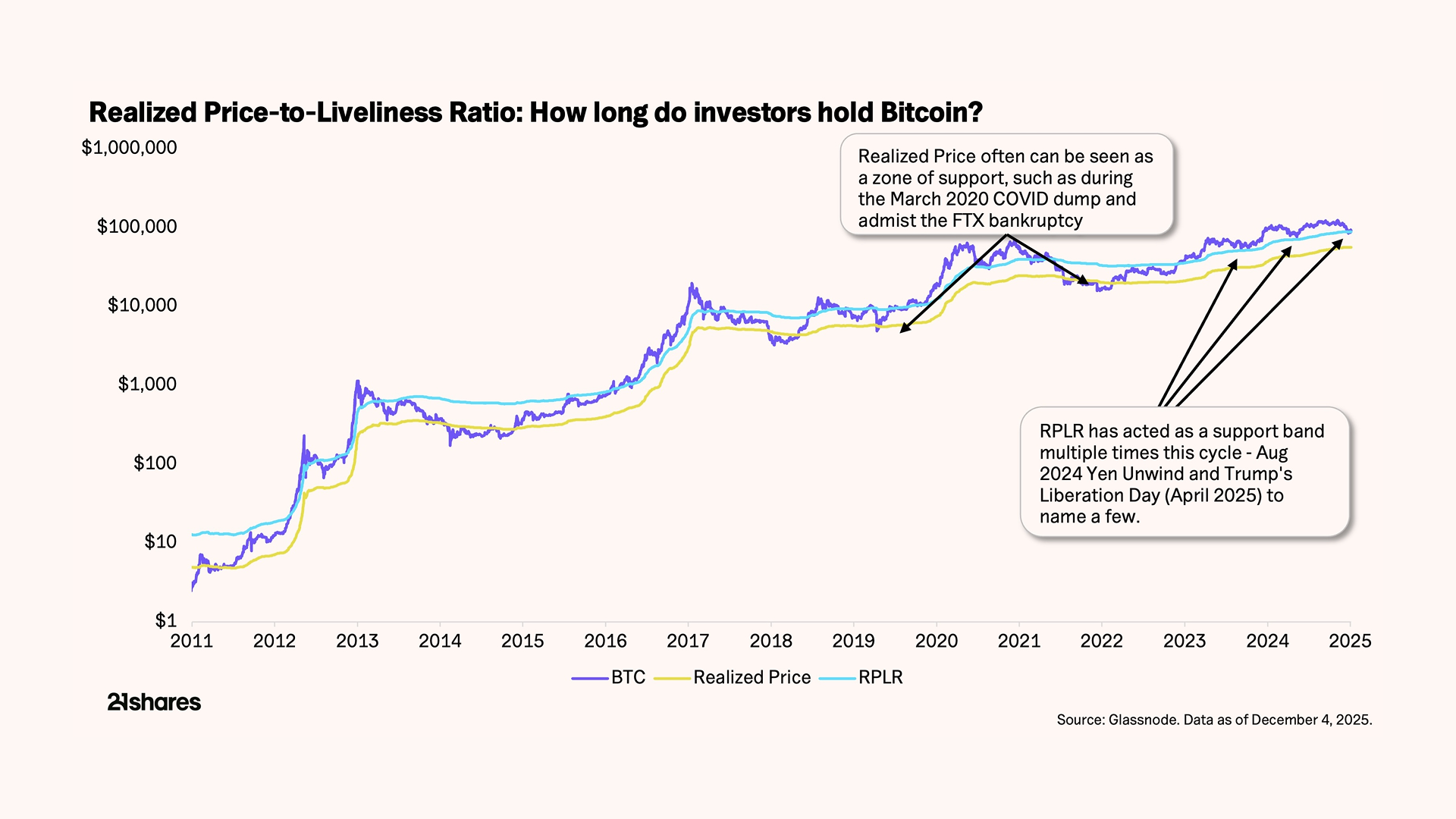
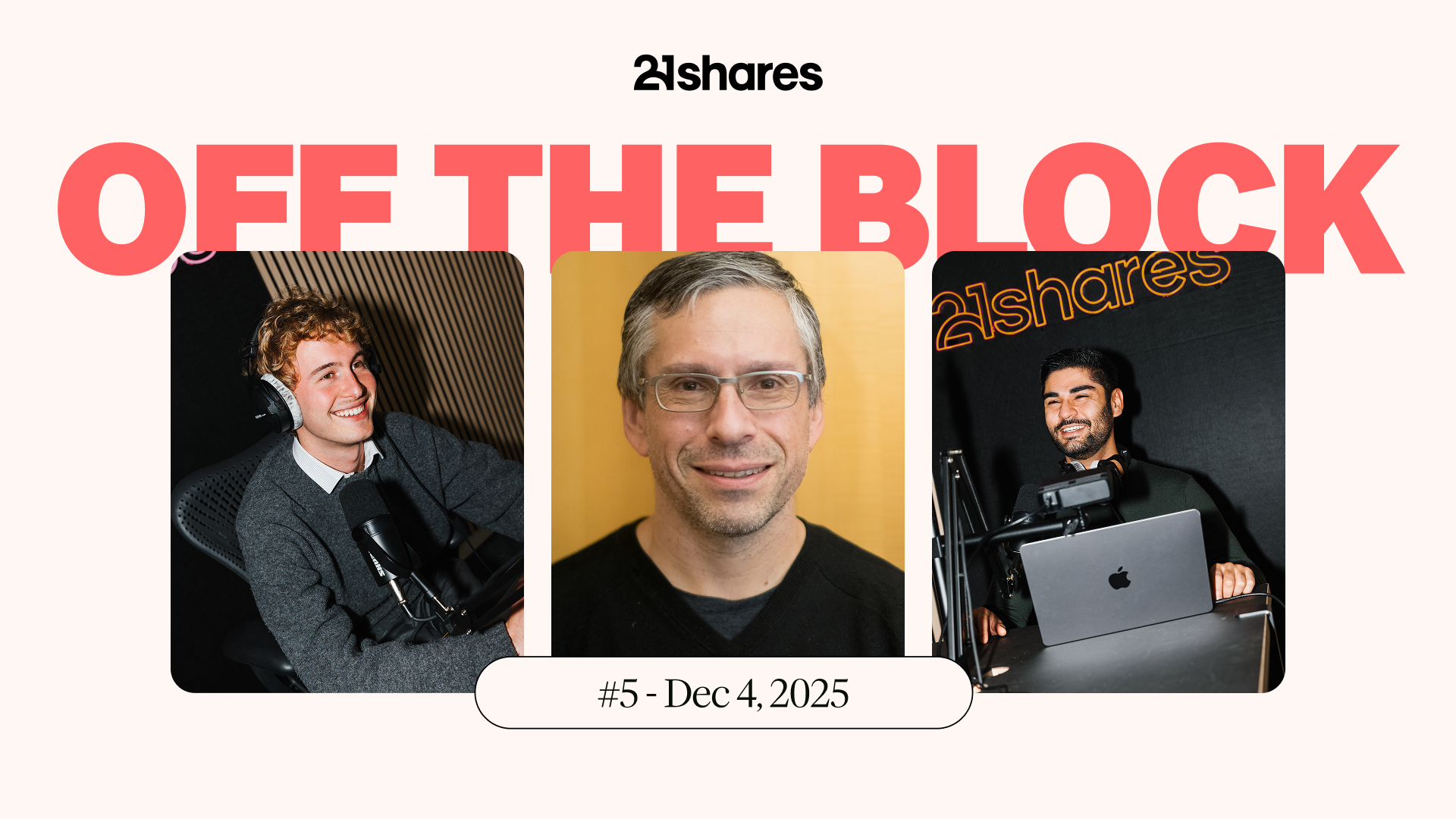





_logo.svg)

.svg.png)